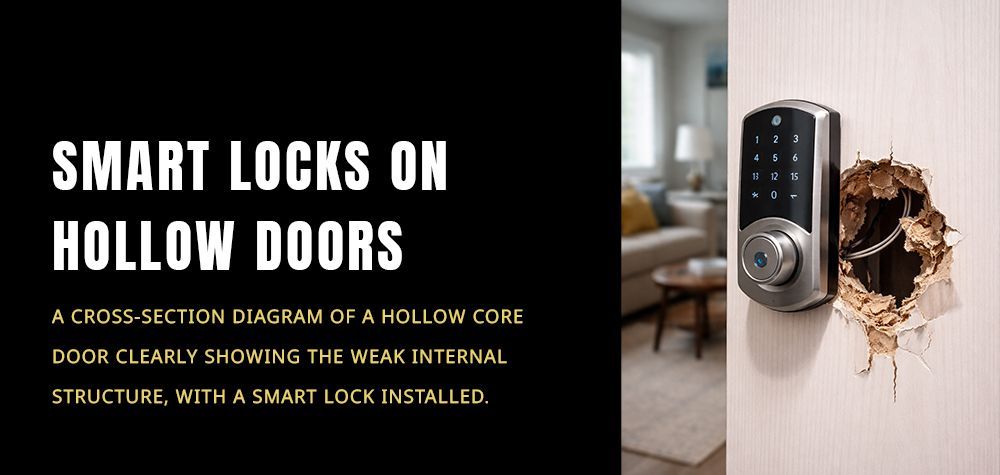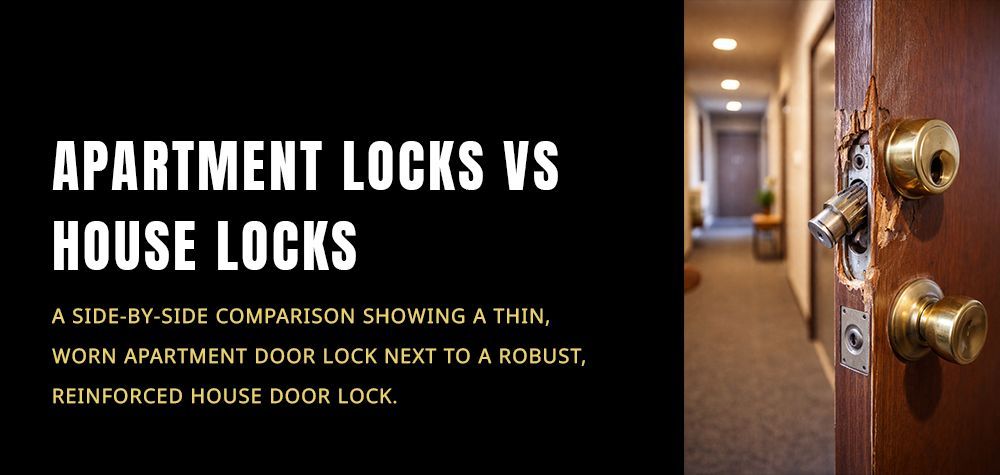Signs your Car Latch Needs a Replacement
Hey there, car owner! Ever had trouble with your car door not closing properly? Or maybe you've noticed it's getting harder to open the trunk. These could be signs that your car latch needs a replacement. Let’s dive into the telltale signs that indicate it's time to replace your car latch and how you can keep your vehicle functioning smoothly.
Difficulty in Closing the Door or Trunk
One of the most common signs that your car latch needs a replacement is difficulty in closing the door or trunk. Here’s what you might notice:
- Door Bouncing Back: If the door or trunk bounces back when you try to close it, the latch may not be catching properly.
- Partial Closure: The door or trunk may only close partially, requiring extra force to shut completely.
Door or Trunk Won’t Stay Closed
If your door or trunk won’t stay closed, it’s a clear sign that the latch mechanism is failing. This can be both a safety and security concern:
- Randomly Opening: The door or trunk may open on its own, especially when driving over bumps.
- Unsecured Items: An improperly closed trunk can lead to unsecured items falling out, posing a hazard.
Difficulty in Opening the Door or Trunk
Struggling to open your door or trunk is another indicator that the latch is on its way out. You might experience:
- Sticking: The door or trunk may stick and require multiple attempts or extra force to open.
- Delayed Release: There might be a delay between pulling the handle and the latch releasing.
Visible Damage or Wear
Sometimes, a visual inspection can reveal the problem. Look for:
- Rust and Corrosion: Rust can weaken the latch mechanism, making it less effective.
- Broken Parts: Check for any broken or bent components within the latch assembly.
- Loose Screws or Bolts: Loose or missing screws and bolts can indicate a failing latch.
Unusual Noises
Listen for unusual noises when operating your door or trunk:
- Grinding or Scraping: These sounds can indicate that the latch components are worn or misaligned.
- Clicking or Popping: Frequent clicking or popping noises when trying to close or open the door or trunk suggest a problem with the latch.
Door Ajar Warning Light
Modern cars come equipped with sensors that detect when a door or trunk is not properly closed. If you see a “door ajar” warning light on your dashboard:
- Persistent Warning: If the light remains on even when the door or trunk is securely closed, the latch or its sensor might be faulty.
- Intermittent Warning: A warning light that comes on and off sporadically can also point to a latch issue.
Increased Effort Needed
If you find yourself using more effort than usual to open or close the door or trunk, it’s likely due to a failing latch:
- Manual Force: Requiring extra manual force to operate the latch is a sign that it’s worn out.
- Handle Resistance: Increased resistance when pulling the handle indicates internal latch problems.
The Latch Doesn't Engage Properly
When the latch doesn’t engage properly, it can lead to:
- Loose Fit: The door or trunk may feel loose even when closed, indicating that the latch isn’t holding it securely.
- Misalignment: The latch might not align correctly with the strike plate, preventing proper closure.
Steps to Take When Your Latch Needs Replacement
If you’re experiencing any of these issues, it’s time to take action:
Inspection
- Check for Damage: Perform a visual inspection to identify any obvious damage or wear.
- Test the Latch: Open and close the door or trunk several times to observe any issues.
Temporary Fixes
- Lubrication: Applying a lubricant to the latch mechanism can sometimes provide a temporary fix for sticking or grinding issues.
- Tighten Loose Components: Ensure all screws and bolts are tight to prevent further problems.
Conclusion
A functioning car latch is crucial for the safety and security of your vehicle. By recognizing the signs of a failing latch, you can take timely action to replace it, ensuring that your car doors and trunk operate smoothly. Don’t ignore the signs – a small issue can lead to bigger problems if left unattended. Keep your vehicle in top shape and enjoy peace of mind on the road!
Preventing Car Door Lock Jamming: Tips for Regular Maintenance!
The Impact of Weather on Car Door Locks: Repair and Protection Strategies!
Call Us Any Time!






